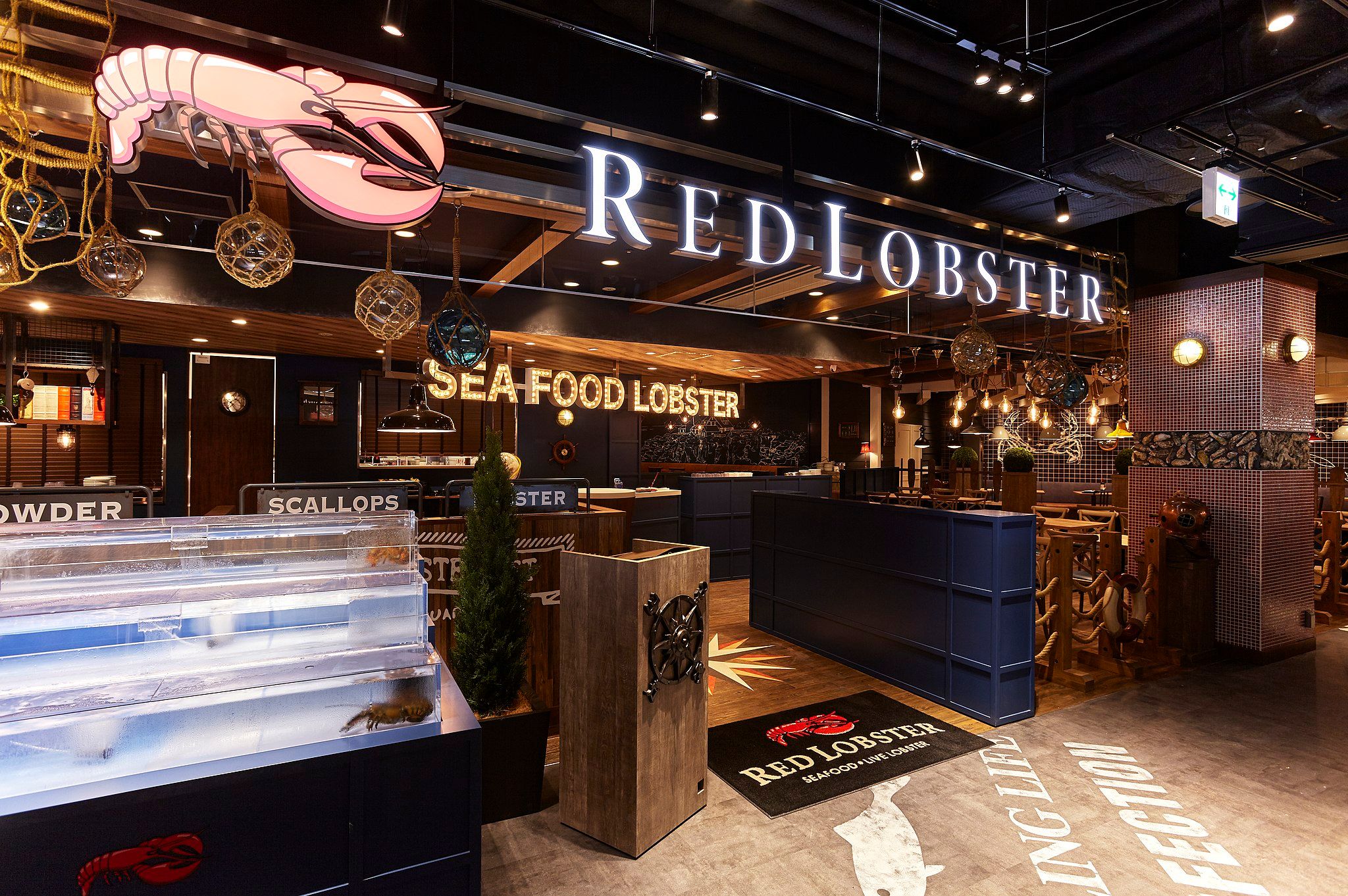Red Lobster, the well-known seafood restaurant chain, is facing significant financial turmoil and is preparing to close more than 50 locations across the United States. This move is part of a broader “footprint rationalization” effort to manage its economic challenges, as confirmed by TAGeX Brands, a restaurant liquidator tasked with auctioning off the furniture and kitchen items from the shuttered restaurants.
The liquidation auction began on Monday and will continue until Thursday, marking one of the largest restaurant equipment auctions ever conducted. According to Neal Sherman of TAGeX Brands, four sales were completed on the first day alone. TAGeX Brands emphasized the scale of the event, noting that over 50 former Red Lobster locations would have their contents sold off to the highest bidders.
Despite the significant closures, Red Lobster has not made a public statement regarding the shutdowns and has not responded to requests for comment from Business Insider. A review of the Red Lobster website indicates that locations listed by TAGeX Brands for liquidation are marked as “temporarily closed” for the week. These closures affect numerous states, including California, Colorado, Florida, New York, and Texas, among others.

Red Lobster’s financial struggles are not new. The chain, which boasts over 700 locations, has faced a series of economic difficulties over the past few years. In the third quarter of 2023, the company reported $11 million in losses, which it attributed to its all-you-can-eat shrimp promotion. This promotional effort, while popular with customers, proved costly for the business. Additionally, the COVID-19 pandemic in March 2020 caused billions in lost sales due to lockdowns and restrictions on dining.
Compounding these issues, Red Lobster has experienced instability in its leadership. The past two years have seen multiple executives leave their roles, adding to the company’s challenges. Moreover, the private equity firm Golden Gate Capital, which took over Red Lobster in 2014, has been criticized for its handling of the business. Golden Gate Capital sold Red Lobster’s real-estate holdings the same year it acquired the company to finance the deal, then leased back the restaurants. This arrangement has been financially burdensome for Red Lobster, contributing to its ongoing struggles.

In April, Bloomberg reported that Red Lobster was considering filing for Chapter 11 bankruptcy protection, a sign of the severe financial distress facing the 56-year-old chain founded in Florida. Retail experts who spoke to Business Insider highlighted the impact of Golden Gate Capital’s decisions on the chain’s current woes, pointing out that selling and leasing back the real estate added significant financial strain.
Despite these challenges, Red Lobster remains a beloved brand with a strong customer base. The closures are a significant blow to the communities that host these locations and to the employees who will be affected. The auctions of the restaurant contents, managed by TAGeX Brands, include everything from kitchen equipment to dining furniture, providing an opportunity for other businesses and individuals to purchase these items.
Read More: Jews Were Kept Off Death Penalty Juries in A California County for Many Years, New Evidence Shows!
Congrats! A 10-Year-Old from Georgia Is Going to The National Spelling Bee!
Lakeland Couple Tells Tale of Having to Give Birth to A Child They Knew Wouldn’t Live!
As the company navigates through these difficult times, the future of Red Lobster hangs in the balance. The decisions made in the coming months will be critical in determining whether the chain can stabilize its operations and regain its footing in the competitive restaurant industry.

